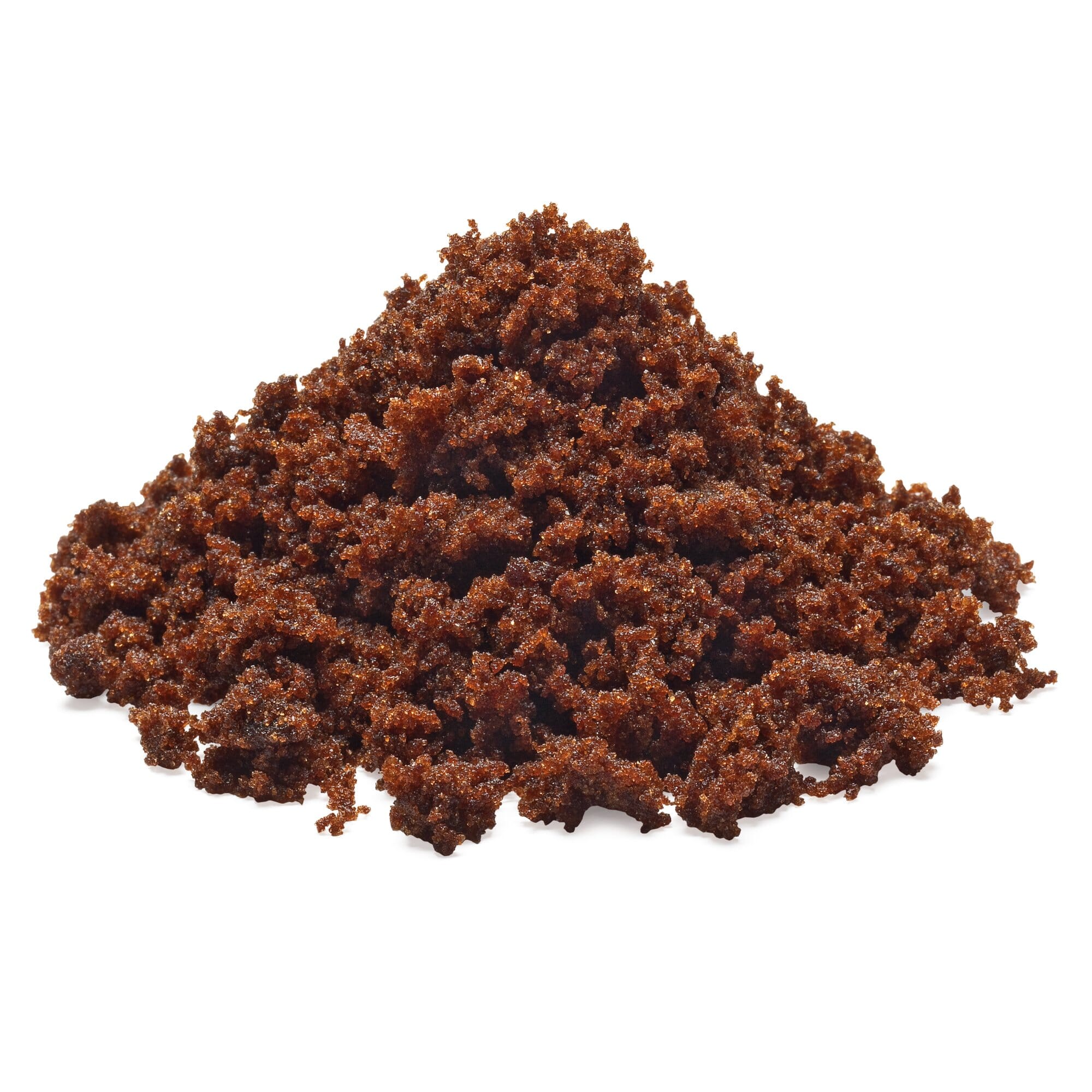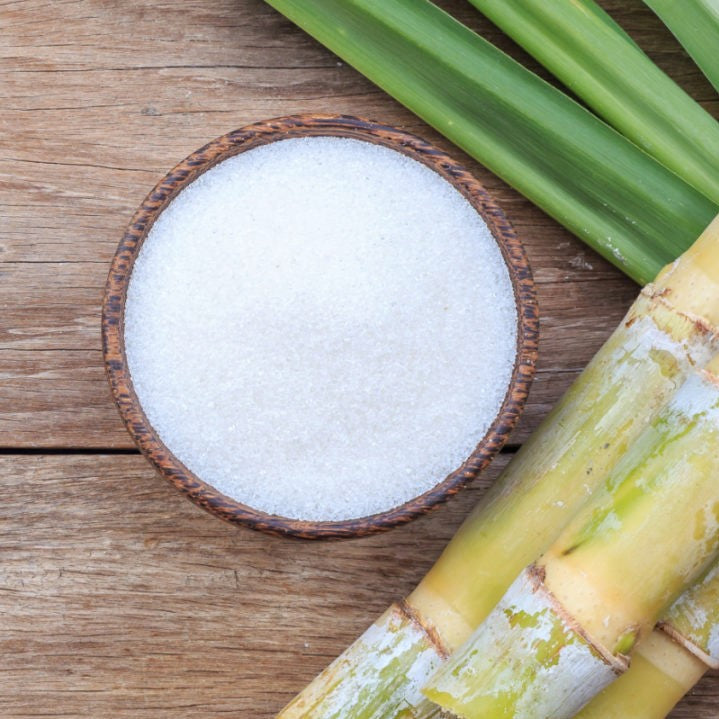Cane Sugar Processing: From Field to Table-- A Step-by-Step Overview
Cane Sugar Processing: From Field to Table-- A Step-by-Step Overview
Blog Article
A Comprehensive Overview to the Environmental Impact and Sustainability Practices in Cane Sugar Handling
The ecological influence of walking cane sugar processing presents a complicated selection of obstacles that warrant mindful evaluation. From dirt degradation and extreme water use to the carbon footprint related to cultivation and manufacturing, the consequences of standard practices are far-ranging. On the other hand, the fostering of innovative sustainability measures offers a pathway towards a lot more responsible production approaches. Understanding the interplay in between these concerns is critical for stakeholders in the market. What specific methods can be executed to strike a balance in between productivity and environmental stewardship? The responses depend on a better look at both the difficulties and potential options.
Review of Cane Sugar Processing
Walking cane sugar handling entails a collection of systematic steps that change sugarcane right into refined sugar. At first, collected sugarcane is transported to refining centers, where it undergoes cleaning to remove soil and debris. Following this, the cane is squashed to draw out juice, which is after that cleared up by eliminating pollutants through home heating and the addition of lime.
The cleared up juice undergoes evaporation, where water is removed to concentrate the sugar material. These crystals are separated from the continuing to be syrup making use of centrifugation, resulting in raw sugar.
The end product is then dried and packaged for circulation. Throughout this entire procedure, keeping efficiency and quality assurance is important to make certain the sugar meets market requirements. Each action in cane sugar handling not just adds to the end product yet likewise has effects for resource usage and waste generation, establishing the phase for discussions on sustainability and environmental effects connected with sugar manufacturing.
Ecological Obstacles of Manufacturing
The manufacturing of cane sugar presents a number of considerable ecological difficulties that warrant interest. One main concern is the comprehensive usage of agrochemicals, consisting of fertilizers and pesticides, which can bring about dirt deterioration, biodiversity loss, and contamination of local water sources. The runoff from sugarcane fields often carries these chemicals right into neighboring communities, disrupting aquatic life and influencing the health and wellness of neighborhoods reliant on these water bodies.
Another challenge is the high energy consumption associated with sugarcane processing. The boiling and refining stages require significant warm, mostly produced by melting fossil fuels, adding to greenhouse gas exhausts. In addition, the extensive acreage needed for sugarcane cultivation can result in logging and environment damage, more worsening environment modification and harmful wildlife.
In addition, the labor techniques in some areas elevate moral issues, as employees might deal with bad working conditions and inadequate incomes. This scenario usually perpetuates a cycle of hardship in regional areas. Cane Sugar Processing. Dealing with these environmental difficulties is essential for developing a lot more lasting practices in walking cane sugar manufacturing, ultimately profiting both the setting and the areas associated with this market
Water and Land Use Effect
Water sources and land usage are crucial components in the cane sugar industry that substantially affect the setting. The farming of sugarcane calls for substantial water input, with price quotes suggesting that it can take in approximately 2,000 litres of water per kg of sugar created. This extensive use water usually results in deficiency of regional water resources, influencing not only the sugarcane ranches but additionally bordering ecosystems and communities that rely upon the exact same water sources for farming and domestic usage.

In addition, land use for sugarcane farming can cause logging and the conversion of all-natural environments into monoculture vineyards. This technique diminishes biodiversity, disrupts neighborhood environments, and adds to dirt destruction. The growth of sugarcane fields commonly intrudes on useful agricultural land, creating competitors for sources between food and biofuel production.
Sustainable techniques, such as optimizing watering methods and implementing crop turning, are important to reduce these impacts. By embracing a lot more effective water usage and land management strategies, the cane sugar sector can minimize its eco-friendly impact, ensuring an equilibrium in between agricultural performance and environmental preservation.
Greenhouse Gas Emissions
Greenhouse gas discharges stand for a significant ecological worry within the walking cane sugar handling industry, especially as agricultural techniques broaden to meet international demand. The cultivation of sugarcane, a plant that prospers in tropical environments, depends heavily on artificial plant foods and chemicals, which Continued add to nitrous oxide discharges. Additionally, land-use modifications, including deforestation for new sugarcane haciendas, launch co2 saved in vegetation and soil.
During handling, power usage is an additional significant resource of greenhouse gas exhausts - Cane Sugar Processing. Many sugar mills make use of fossil gas to power equipment and produce warm, leading to substantial carbon impacts. Additionally, the transport of raw sugarcane and finished products adds layers of emissions via gas burning in cars
The advancing result of these emissions aggravates climate adjustment, presenting dangers not only to the setting yet also to the long-lasting practicality of the industry. Stakeholders have to recognize the urgent requirement for thorough methods that resolve these exhausts. This entails reviewing current agricultural methods, refining approaches, and transport systems to determine areas for renovation and mitigation. Dealing with greenhouse gas discharges is essential for promoting a much more sustainable cane sugar industry in a changing climate.

Lasting Practices and Innovations
Sustainable methods and advancements are increasingly essential in the walking cane sugar processing industry as stakeholders look for to decrease environmental effects while maintaining efficiency. One considerable development is the application of integrated crop monitoring, which maximizes source usage by combining dirt that site monitoring, insect control, and crop turning methods. This technique improves return while reducing chemical inputs and preserving soil health.
Furthermore, the fostering of eco-friendly power resources, such as biomass from sugarcane deposits, has actually gotten traction - Cane Sugar Processing. By transforming waste items into energy, refining facilities can minimize their dependence on nonrenewable fuel sources, therefore reducing greenhouse gas exhausts
Water monitoring techniques have actually additionally seen improvements through the recycling and reusing of water in processing plants, significantly decreasing freshwater usage. Technologies in modern technology, such as precision farming, enable farmers to monitor crop health and wellness and resource use extra properly, making sure sustainable cultivation techniques.
Moreover, certification programs like Fair Profession and Jungle Partnership motivate ecologically responsible farming techniques and advertise social equity within the supply chain. By embracing these sustainable techniques and advancements, the cane sugar handling industry can improve its resilience and add favorably to environmental stewardship.
Conclusion
The environmental influence of cane sugar handling offers significant challenges, consisting of soil destruction, high water intake, and greenhouse gas discharges, alongside honest concerns connected to labor methods. Attending to these problems through sustainable practices, such as integrated crop management, sustainable energy fostering, and water recycling, is essential. By advertising socially equitable and environmentally liable approaches wikipedia reference in sugar manufacturing, the market can minimize its adverse results, ensuring a much more lasting future for both communities and communities associated with this market.
Walking cane sugar handling entails a series of methodical actions that change sugarcane into polished sugar. Each action in walking cane sugar processing not only adds to the last item but likewise has ramifications for resource use and waste generation, setting the stage for discussions on sustainability and environmental influences associated with sugar manufacturing.
Greenhouse gas emissions represent a considerable environmental issue within the walking cane sugar processing sector, specifically as farming methods expand to fulfill worldwide demand.Sustainable methods and innovations are significantly essential in the walking cane sugar handling industry as stakeholders seek to lower ecological impacts while keeping performance.The environmental influence of walking cane sugar handling provides substantial obstacles, consisting of soil destruction, high water consumption, and greenhouse gas exhausts, along with moral issues related to labor practices.
Report this page